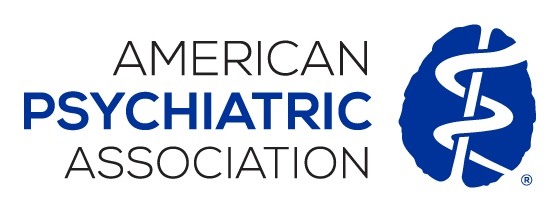 |
That’s the conclusion of a remarkable study titled "The Intergenerational Transmission of Anxiety: A Children-of-Twins Study" by Thalia C. Eley, Ph.D., of Kings College London and colleagues at institutions in the United States and Sweden. The study was published in AJP in Advance.
Researchers used data from the Twin and Offspring Study of Sweden comprising information on 387 monozygotic twin families and 489 dizygotic twin families. Parental anxious personality was self-reported by twins using 20 items from the Karolinska Scales of Personality. Offspring anxiety symptoms were measured using items from the Child Behavior Checklist (30). Twins, their spouses, and offspring all reported on offspring behavior over the previous six months. A method of statistical analysis called Structural Equation Modeling allowed the researchers to quantify the effects of additive genetic, common environmental—that is, nongenetic effects that make members of a nuclear family similar to one another—and nonshared environmental effects (which make members of a family different from one another) of parental anxiety.
For both anxiety and neuroticism, the models provide support for significant direct environmental transmission from parents to their adolescent offspring. In contrast, there was no evidence of significant genetic transmission, according to the report.
Robert Freedman, M.D., editor of the American Journal of Psychiatry, told Psychiatric News, “This study is a landmark, because it is the first to clearly establish the early transmission of anxiety symptoms from parents to children, not through their shared genetic background, but rather from the way in which anxious parents raise their children. Parents who are anxious can now be counseled and educated on ways to minimize the impact of their anxiety on the child's development.”
For related information, see the Psychiatric News article “CBT for Child Anxiety May Confer Long-Term Protection From Suicidality.”
(Image: ISP: Politico, LLC/shutterstock.com)





